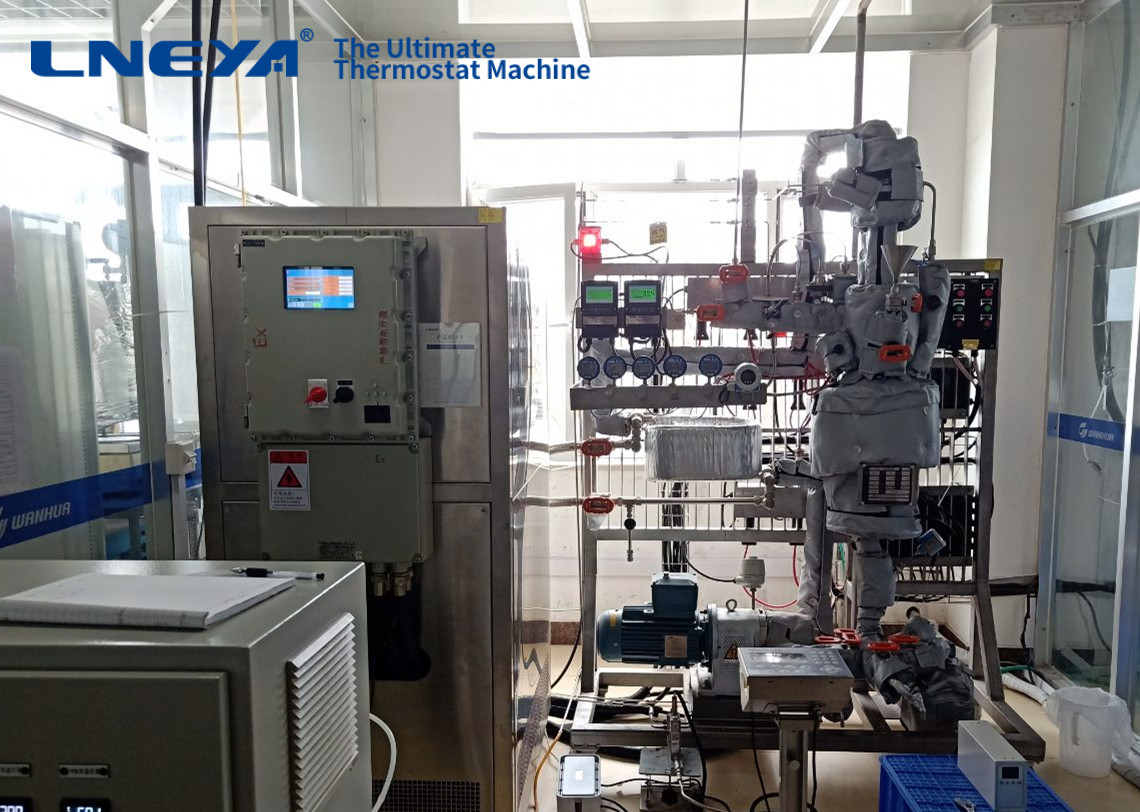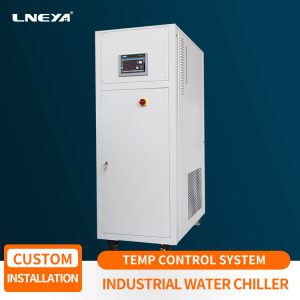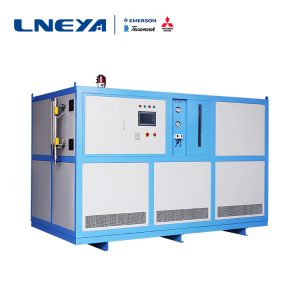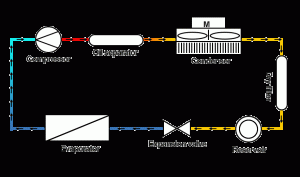What reactions are microchannel reactors suitable for?

In recent years, micro-chemical technology has developed rapidly, and micro-channel reactors have attracted more and more attention. Microchannel reactors are manufactured with the help of special micromachining technology. They have the advantages of high mass transfer efficiency, good heat transfer efficiency, precise automatic control, small reaction volume and small amplification effect.
In the production process using p-cresol as raw material, a certain concentration of dilute nitric acid is generally added to the traditional kettle type reaction kettle, and the temperature of the reaction kettle is controlled at a low temperature, and then p-cresol is added dropwise at a certain speed. The temperature gradually increased, and the reaction was complete in about 2-3 hours. In the traditional reaction kettle, the reaction time is long, and as the reaction proceeds, the temperature is prone to side reactions, which reduces the yield of the product and makes subsequent separation and purification operations difficult.
In terms of structural characteristics, the current microchannel reactor can be used for the following types of reactions: widely used in various high-risk chemical reactor processes, used in liquid-liquid, gas-liquid, solid-liquid, and solid-liquid oxidation in the reaction. Reaction, nitration reaction, diazotization reaction, precipitation extraction application, phosgenation reaction, sulfonation reaction, ammoniation reaction, chlorination reaction, etc. Solve most of the difficulties and pain points of chemical reactors, metal material microchannel reactor, material selection: 316L stainless steel, 904 stainless steel, Hc, titanium, zirconium and tantalum materials, and design microchannel reactions with different structures for different reaction types device. The channel size of the microchannel reactor itself is very small, and it is easy to be blocked. Most of the reactors containing heterogeneous catalysts are not suitable for the use of microchannel reactors. In addition, the reaction system that is easy to generate larger particles is not suitable for the use of microchannel reactors. Corrosion issues cannot be ignored.
The reaction speed of the microchannel reactor itself is fast, but the reaction is violent, strong exothermic, and the product is easily destroyed. , significantly improve the heat exchange efficiency, improve the selectivity of the reaction, reduce the occurrence of side reactions caused by the problem of reaction temperature, and improve the yield of the product.
Похожие рекомендации
-
Рейтинговый список высоко- и низкотемпературных испытательных камер с попеременным охлаждением и нагревом
1414When choosing the high and low temperature cooling heating alternating test chamber, the enterprise users must have a certain understanding of the ranking list of the high and low temperature cooling heating alternating test chambers on the market...
Посмотреть детали -
How does the Industrial Water Chiller System Work?
1959When using industrial machinery, a cooling system may be required to prevent the machine from overheating. Refrigeration equipment can effectively keep materials in the optimal temperature range, but how does the chiller work? Understanding the wo...
Посмотреть детали -
Efficient method for extracting total cannabinoids using a cryogenic process cooling system
1792Although cannabis plants have been used for medicinal purposes for thousands of years, modern science has identified steroids, flavonoids and more than 100 therapeutically active compounds known as cannabinoids. Due to the significant synergy betw...
Посмотреть детали -
Надежен ли низкотемпературный охлаждающий блок - эффект охлаждения 120 градусов?
1919LNEYA специализируется на производстве одножидкостных криогенных холодильных установок, диапазон температур охлаждения составляет от -150 градусов до -5 градусов, что может удовлетворить различные требования к температуре охлаждения. Продукция широко используется в низкотемпературных...
Посмотреть детали
 LNEYA Промышленные чиллеры Производитель Поставщик
LNEYA Промышленные чиллеры Производитель Поставщик













